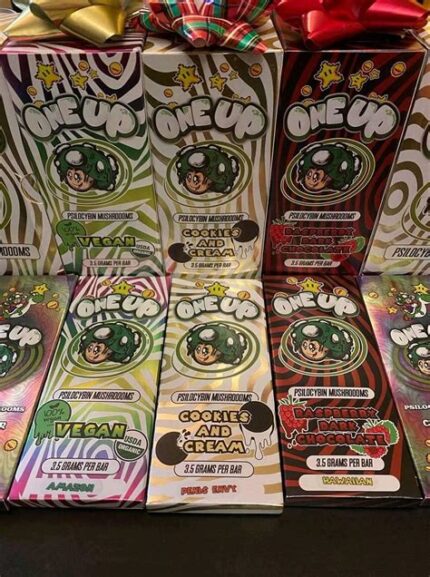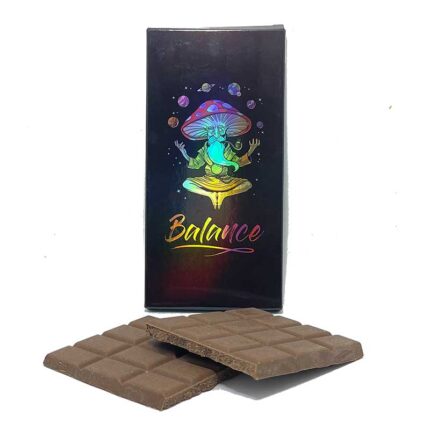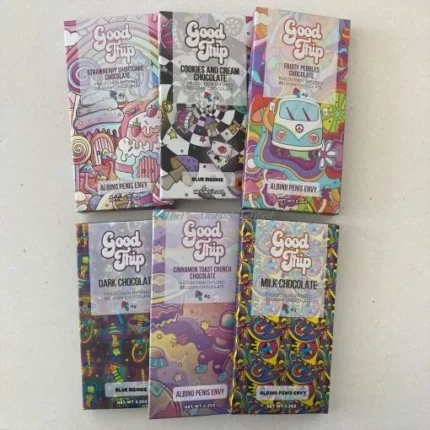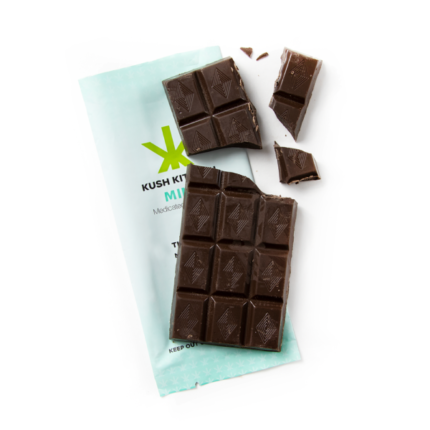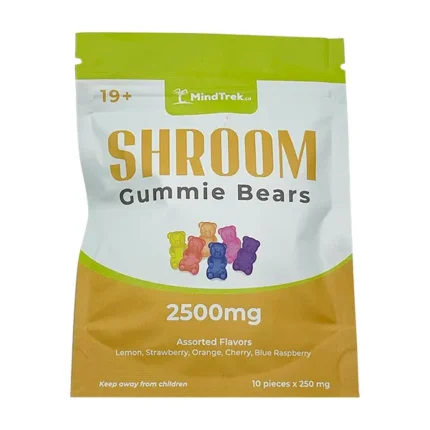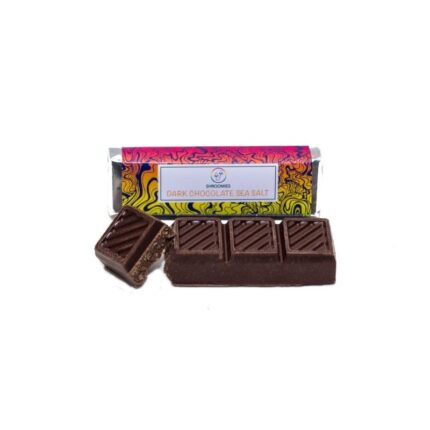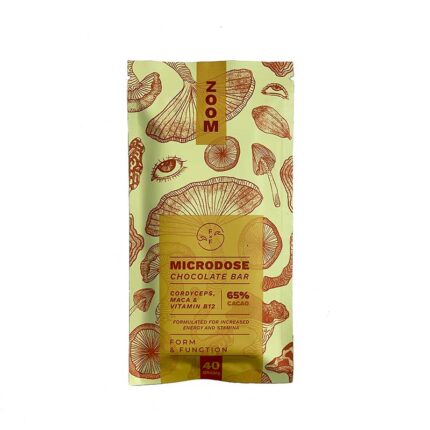Shroom Gummie
Shroomies Milk Chocolate Crunch 3000mg
Sour Lychee Fizz Gummies
Edible price
innovation are increasingly important, the concept of edible price tags has the potential to revolutionize the way we think about product pricing and packaging. This unique approach combines two important trends: eco-friendly practices and creative, functional design. Imagine a product where the price is not just printed on the label, but is part of the edible packaging itself.
What is an edible prize? An edible price is a sign, sticker, or packaging component that not only contains the price of the product, but is made from food-safe, edible materials. Think of it as a creative way to combine functionality with the growing demand for sustainable and zero-waste solutions. Instead of traditional paper labels or plastic tags, these edible prizes are made from natural ingredients like rice paper, seaweed and sugar-based materials, and are completely safe for consumption.
Why edible prices could be the future:
Sustainability: Traditional packaging often results in large amounts of waste in landfills, especially in the form of plastic and non-biodegradable materials. By producing edible price tags, manufacturers reduce the environmental footprint of both their packaging and pricing systems. This is especially important as consumers and businesses alike are becoming increasingly conscious of the environmental impact of their purchases. Enhanced consumer experience: The idea of edible prizes adds a fun and interactive element to the shopping experience. This encourages consumers to engage with products in a novel way, making the shopping experience more memorable and enjoyable.
Innovation in branding: Brands that introduce edible prizes have the potential to position themselves as forward-thinking, innovative brands and appeal to a growing segment of environmentally conscious consumers. This is a great way for companies to demonstrate their commitment to sustainability without sacrificing creativity or consumer engagement.
Reduced waste: Instead of throwing away the label after purchase, consumers can reduce waste by simply eating or composting it. This can be especially beneficial for food and other items where the packaging is directly related to the value of the product.
Customization and creativity: Edible price tags don't have to be a standard, generic design. Companies can use flavors, colors, and even textures to enhance the visual appeal and sensory experience of their products. For example, a candy bar might have a vanilla-flavored rice paper price tag, while a drink might have a mint-flavored label.
Here's how it works:
Edible price tag design:
Material selection: Edible price tags can be made from food-safe materials such as rice paper, seaweed, gelatin, and sugar-based films. The key is to use materials that are easy to produce and safe for consumption.
Printed prizes: Prizes can be printed with edible inks or even embossed into edible materials. For example, a bakery might place stickers made of edible frosting on their pastries to indicate the price and allow the frosting to blend into the product itself.
Sustainability considerations: Companies should carefully consider the environmental impact of producing edible price tags. Raw materials should be sustainably sourced and cause minimal damage to the environment during production and transportation. Adaptation to various products: Edible price tags are ideal for food products (cakes, chocolates, packaged snacks, etc.), but could be extended to other industries focusing on eco-friendly solutions, such as cosmetics or biodegradable luxury packaging.
Pricing systems: For practical reasons, edible price tags can be attached directly to the product or integrated into its design, such as an edible ribbon around a bottle or chocolate. When peeled off, not only does it reveal the price, but it also provides a treat.
Examples of cookies edibles price that can actually be eaten:
Handmade chocolates: Imagine a luxury chocolate brand where the price is carefully inscribed on an edible gold foil rice paper label wrapped around each chocolate bar. It not only expresses the value of the product, but also provides a luxurious eating experience. Fresh baked goods: Bakeries can use edible sugar-based labels to indicate the price of pastries, muffins, and cakes. These labels can be customized with seasonal designs and colors that reflect the brand, making the price an engaging part of the experience.
Tea or coffee packets: Tea brands can use biodegradable edible labels made from seaweed or rice paper and offer customers the option to consume the label as part of the drinking experience.
Luxury: For a more premium market, consider premium skincare brands that use edible dissolvable labels on their products. These could be flavored or made with ingredients that complement the product's aroma or aesthetic. Challenges:
Shelf life and storage: The biggest challenge when pricing edible products is the shelf life of the materials used. Food-grade edible labels need to be protected from moisture and environmental influences to maintain their quality and legibility.
Consumer awareness: It takes time to change consumer behavior. Not everyone can immediately understand the concept, nor is it reassuring to eat something with a price tag attached.
Production costs: The production costs of edible packaging can be higher than traditional labels. Manufacturers will have to weigh the novelty and environmental benefits against the potentially higher production costs.
Conclusion:
Edible prices are a unique, forward-thinking concept that combines creativity, sustainability and practicality, and they have the potential to change the way we think about product packaging. As consumers continue to seek environmentally friendly and innovative solutions, edible pricing has the potential to become a major player in the future of retail, offering a fun and sustainable way to both price and package products.

